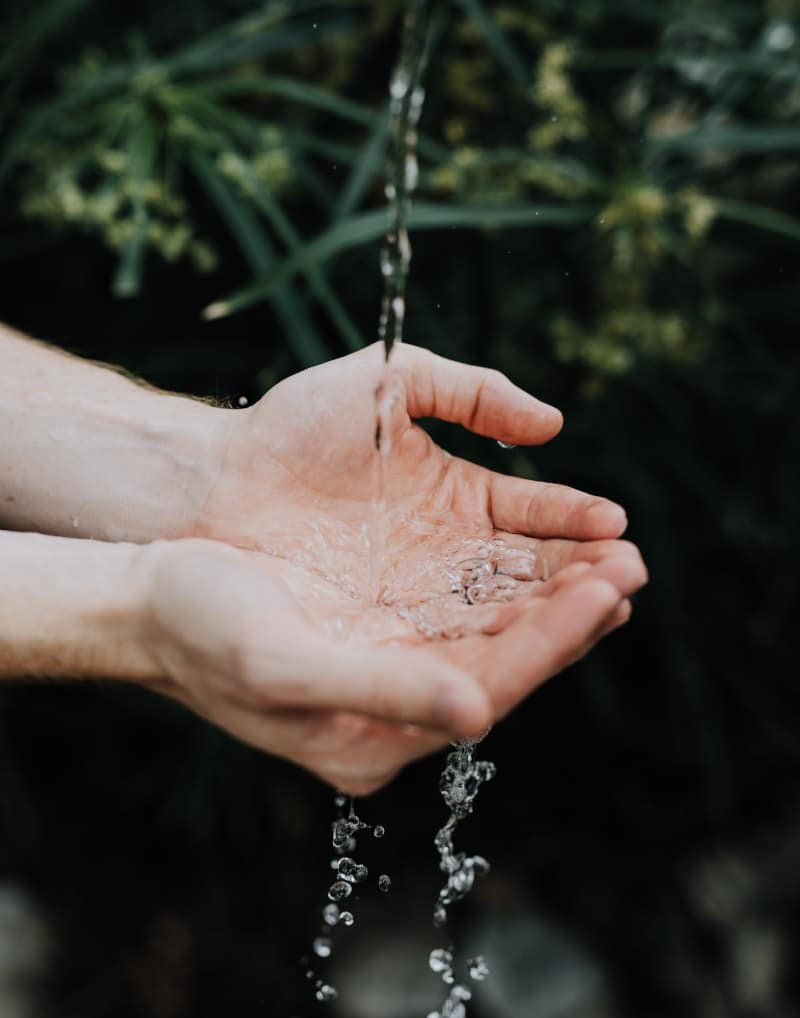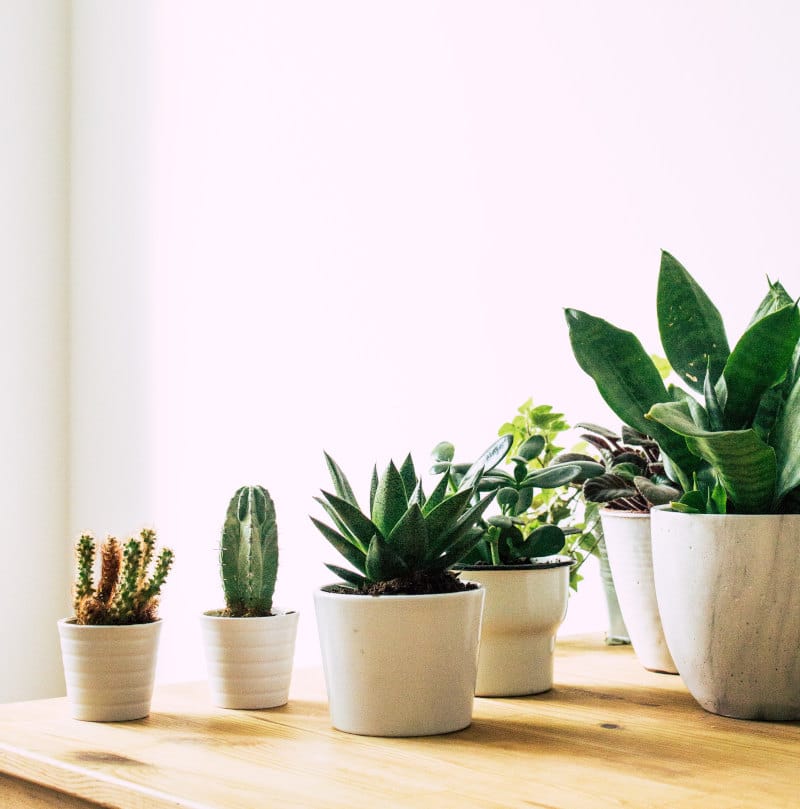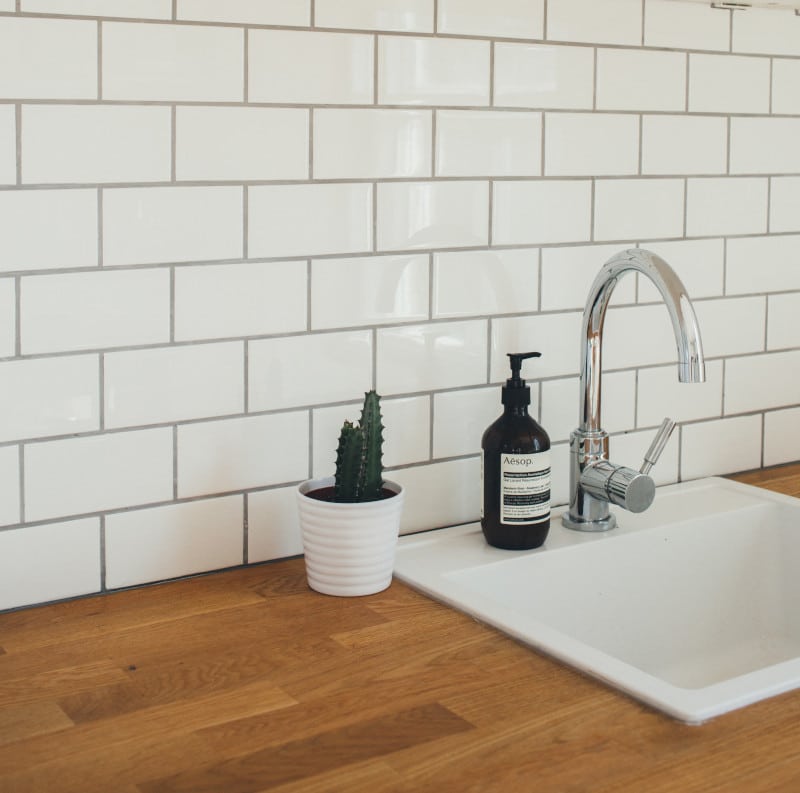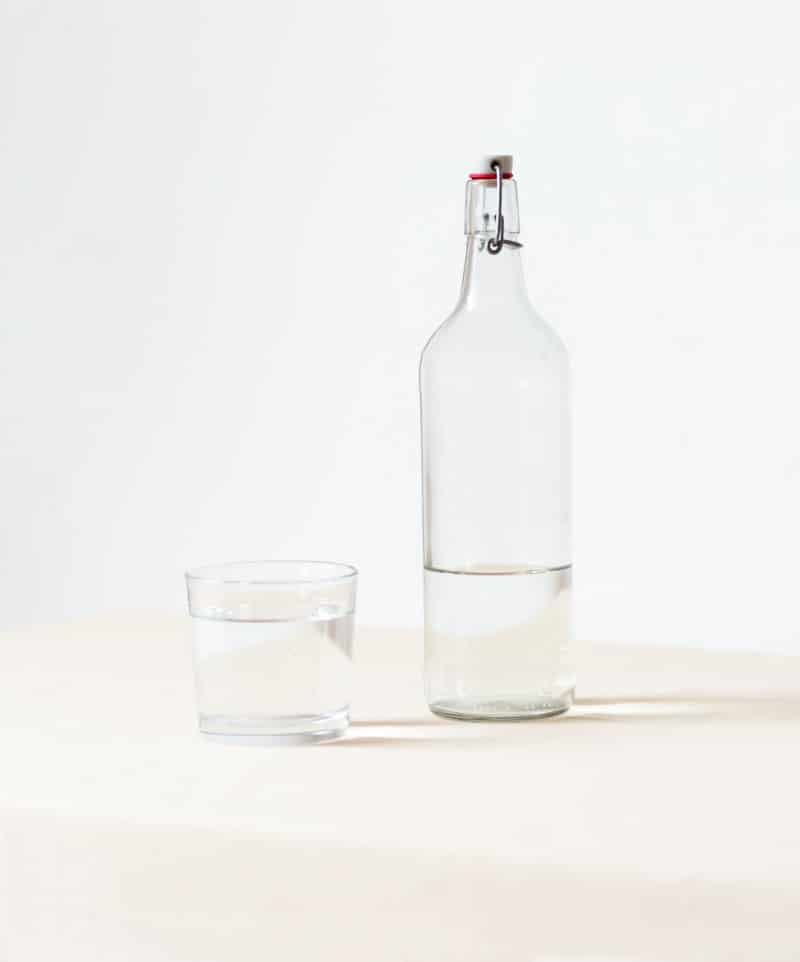29 Easy Water-Saving Tips at Home
According to the World Counts, we consume roughly 4 trillion cubic meters of water, which only emphasizes the importance of learning water-saving tips. Water is essential in our everyday lives; however, it is a limited resource.
Unfortunately, with the expansion of industries, increased development activity, population growth, and acceleration of climate change, more pressure is placed worldwide on water resources.
Therefore, conserving water is a wise practice and something we should all adopt in our homes, businesses, and communities. Continue reading for some tips on how you can conserve water.
How to Save Water in Your Daily Life
Now that you have a greater understanding of why it is essential to save water, let’s look at how you can save water in your day-to-day life. Below are 29 water-saving tips for at home.

1. Turn the Tap Off When Not in Use
Whether brushing your teeth or shaving, turning off the tap is a good idea when you are not using the water. If you need water during either of these regimes, fill a glass and keep it next to you! Alternatively, pop the plug in and fill the sink slightly.
2. Reduce Your Shower Time
Second of our water-saving tips is to reduce your time spent in the shower. Taking a shorter shower means less water will be used and wasted. According to Sydney Water Talk, cutting your shower down to four minutes can save approximately 36 liters of water!
3. Take Showers Instead of Baths
Next on our list of water-saving tips, we recommend you swap out the baths for showers. This is because showers use much less water than baths. Therefore, try to have showers instead of baths and save bath time as a treat!
4. Flush the Toilet Less
Every time you flush the toilet, you are using water. Sometimes, it is not entirely necessary. If you’re an avid flusher, try to do it less. Our rule of thumb is ‘if it is yellow, let it mellow’.
5. Try to Reuse Your Water
Another one of our tips to save water is to try and reuse your water when you can. There is no reason you cannot reuse the water you used to clean vegetables on your plants. All you need to do is pop a basin in the sink and start saving.
6. Fix All Dripping Taps
If you have leaky or dripping taps in your house, fix them! This will help to avoid using excess water at home.
7. Fill Your Washing Machine and Dishwasher
Another one of our water-saving tips is to fill your washing machine and dishwasher. This will help you save water because you may not have to put on as many loads. By contrast, putting these machines on when they are not full wastes a lot of water.
8. Chill Drinking Water
To avoid constantly filling cold glasses of water throughout the day, keep a jug of water in the fridge. This will prevent water from being wasted when you use the tap.
9. Clean Your Driveway Without Water
Too often, people whip out the hose to clean their driveway. However, hoses waste a lot of water. In addition, sometimes, a dry sweeping brush will do precisely what you want while saving water.
10. Don’t Overwater Plants
For the sake of your plant’s health and the Earth, try not to overwater your plants. Research their exact care requirements and try your best to match these. Generally, established plants do not require watering unless there are severe drought conditions.
11. Avoid Watering Your Lawn
If you live in a hot climate, try your best to limit how often you water your lawn! Remember, if your grass goes yellow, it will likely recover when the next spell of rain arrives.
12. Check Your Pipes Regularly
Another one of our water-saving tips is to check your pipes regularly to monitor any leaks. This is important when not only saving water but also maintaining your home.
13. Select Plants With Low Water Needs
If you adore having plants in your home, don’t worry, you can still have them. Try to select ones that have low water needs if you want to save water at home. Some of these include olive and lavender trees and other common houseplants. For example, snake and spider plants and succulents are great choices.

14. Change the Time You Water Plants
Next on our water-saving tips is to change the time you water the plants in your garden. In other words, try to water your plants late in the evening or early in the morning. This prevents water from evaporating and helps your plants cool down and avoid getting too warm and dry.
15. Pay Attention to Running Water
If you are running water, remember to pay attention to it and turn it off when you are not using it. This is particularly the case for the likes of hoses which release a lot of water. When unattended, turn them off!
16. Use a Watering Can to Water Plants
As mentioned previously, garden hoses use a significant amount of water. This is why our next water-saving tip is to drop the hose and start using a watering can to water your plants instead. If you want to mimic a hose or sprinkler, you can add different heads to your watering can.
17. Consume Less
This one may seem surprising, but a super easy and brilliant water-saving tip is to consume less. The products we buy in stores are often an overlooked source of water use. Generally, they account for a significant portion of a person’s water footprint. Therefore, consuming less can help you conserve more water.
18. Cover Your Pool
If you are lucky enough to have a swimming pool in your back garden, cover it. Pools can lose a lot of water per week due to evaporation. Wind, humidity, temperature, and how the pool is situated can all impact how fast the water evaporates. Therefore, covering your pool can save gallons of water every season.
19. Run the Washing Machine for Less Time
Another one of our excellent water-saving tips is to run your washing machine for a shorter time. Washing your clothes on the shortest possible cycle can help to conserve water. What’s more, generally our clothes are not that dirty when we put them in the wash so a short cycle will suffice.
What’s more, you’ll get your clothes back to you and dry much quicker. In relation to this, try to avoid doing additional rinse cycles, too and use cold water when possible. It is a huge myth that cold water cannot wash clothing.
20. Be Smart in the Kitchen
When saving water in the kitchen, it’s all about being smart. For example, if you are boiling some vegetables, try steaming them instead. Steaming vegetables means using only a couple of inches of water versus an entire pot.

If you are cooking some pasta to complement your vegetables, steam the vegetables in a strainer on top of the pot. Alternatively, if you cannot steam a particular food, try to use the smallest pot you can so you don’t use more water than necessary.
21. Wash Clothes Less
Today, we have many clothes, and we are constantly washing them. Sometimes, these clothing items do not need to be cleaned. What’s more, clothing can go a few wears before requiring a wash. For example, jeans are only supposed to be washed every six weeks.
Washing them more than this will use excessive water and soap but also cause them to wear faster. Generally, the only items that need to be washed after every use are underwear, socks, and gym clothes. Unless an item is visibly dirty, try leave wear it two more times before you put it in the washing machine.
22. Compost Instead of Using Your Garbage Disposal
If you have a garbage disposal, it is essential to note that it uses much more water than you may think. Therefore, composting may be a better choice if you are trying to get rid of food scraps as it saves water. Not only will composting help you lessen your water usage, but it’ll also help you to create fantastic soil filled with nutrients for your garden.
23. Follow a Vegan or Plant-Based Diet
Following a vegan or plant-based diet helps you to reduce your environmental footprint significantly. One reason why this switch is so impactful is due to how water-intensive animal agriculture is.
According to The Humane League, factory farms use high volumes of freshwater to feed, raise, and slaughter animals. Moreover, they use so much that it accounts for almost 20% of freshwater use worldwide. Therefore, switching to a vegan or plant-based diet can make a huge difference and is a brilliant way to save water.
24. Opt for Secondhand Fashion
Next on our list of water-saving tips is to opt for secondhand fashion. The fashion industry is another that uses high amounts of water. For instance, it is estimated the sector uses roughly 93 billion cubic meters of water annually, according to Common Objective.
The platform also states that this is four percent of all freshwater extraction worldwide, and with current trends in mind, this amount is predicted to double by 2030. Therefore, buying secondhand can help massively as you are not contributing to the production of new clothing, which is so water intensive. And if you really want to buy something new, try to buy from a sustainable clothing brand.
25. Switch to a Low-Flow Shower Head
Switching your appliances around the home is another excellent water-saving tip. Namely, switching to a low-flow shower head can reduce the volume of water you use in a shower.
These shower heads disperse around 2 gallons or less of water per minute. By contrast, standard shower heads release approximately 2.5 gallons per minute. While this may appear minimal, it all adds up and can have a significant effect on helping you save water.
26. Manage Weeds in Your Garden
If you want to save water, controlling your weeds is a great way to do so. By controlling and managing weeds in your garden, you’ll reduce competition for water. This means your plants will get adequate water, and you won’t have to waste any more trying to give them a drink when the weeds consume it all.
27. Reduce Your Food Waste
Next on our water-saving tips list is to reduce your food waste. It takes a large volume of water to produce the food we buy. Moreover, a considerable amount goes straight into our household bins each year.
According to the UNEP Food Waste Index Report 2021, around one-third of all food produced worldwide yearly gets wasted. This is around 1.3 billion tonnes of food. You can reduce your food waste by only buying what you will eat and correctly storing your food to ensure it maintains its freshness.
28. Catch Your Rainwater
You can also reduce your water use by catching rainwater for your plants. They will love it and appreciate it over treated tap water. This means you won’t need to worry about taking out the garden hose or turning on the sprinklers. Leave buckets out to catch the water!
29. Only Fill the Kettle With the Amount You Need
Last on our water-saving tips list is an idea for all the tea and coffee lovers. When making a cuppa, only fill your kettle with the amount of water you require to make your drink. This will help you save water that otherwise will go cold and needs re-boiling. What’s more, it will help you reduce your energy bill.
Start Small and Work Your Way Up
There you have it, 29 water-saving tips to help you conserve water at home. Saving water is so vital as it saves energy. Limiting our water use means more in our ecosystems, which keeps wetland habitats topped up for animals.

Ultimately, conserving water reduces our carbon footprint too. The tips above are easy ways to reduce water use in your home’s kitchen, garden, and other areas! You do not have to immediately incorporate all these tips into your daily life; start small by implementing a couple and work your way up.